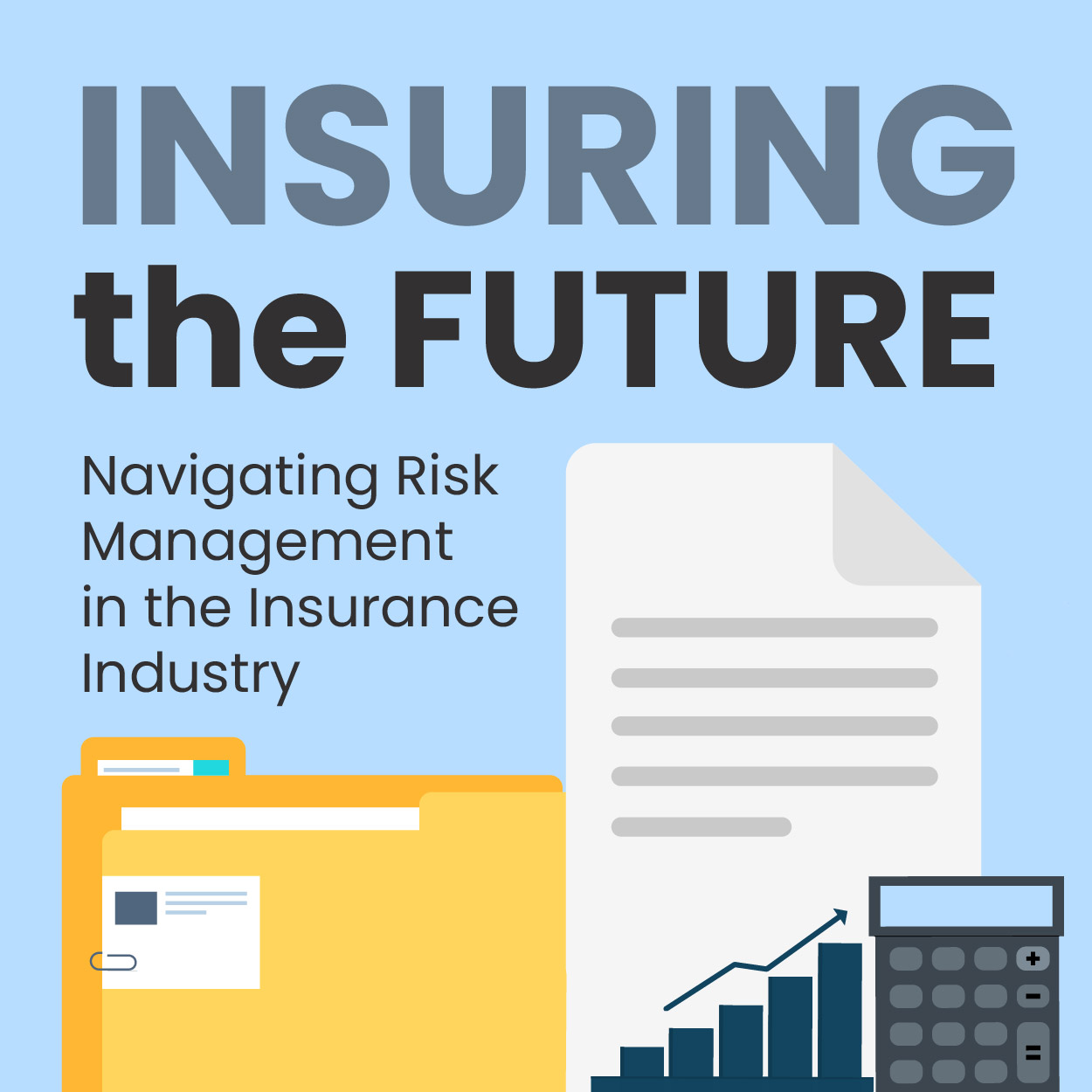
Insuring the Future: Navigating Risk Management in the Insurance Industry
In a world brimming with uncertainties, insurance serves as a crucial safety net, offering individuals and businesses protection against unexpected financial losses. However, the insurance industry itself is not immune to risks. Let’s dive into the foundational aspects of risk management within the insurance sector, exploring key concepts, processes, and the significant benefits of effective risk management strategies.
Defining Risk in Insurance
Risk, in the context of insurance, refers to the potential for financial loss resulting from unforeseen events or circumstances. These events can range from natural disasters to accidents, illness, or even the non-payment of premiums by policyholders.
Types of Risk in Insurance
- Underwriting Risk: This risk arises during the process of evaluating and accepting insurance policies. It pertains to the possibility that claims might exceed the premiums collected, leading to financial losses for the insurer.
- Market Risk: Insurance companies invest premiums to generate returns. Market risk involves the potential loss in the value of these investments due to fluctuations in financial markets.
- Operational Risk: This category encompasses risks associated with internal processes, such as administrative errors, fraud, or technological failures.
- Reinsurance Risk: Insurance companies often purchase reinsurance to share the burden of large losses. Reinsurance risk arises when the reinsurer fails to meet its obligations.
The Risk Management Process in Insurance
Successful risk management in the insurance industry involves a structured process that includes the following steps:
- Identifying Risks: The first step is to identify and assess potential risks. This involves analyzing data, conducting risk assessments, and staying informed about emerging threats.
- Assessing Risks: Once identified, risks are assessed to determine their potential impact and likelihood of occurrence. This evaluation helps insurers prioritize risks.
- Managing Risks: Risk management strategies are then implemented to mitigate or reduce the impact of identified risks. This can involve adjusting underwriting practices, investing in risk-reduction measures, or diversifying investments.
- Monitoring and Review: The insurance industry is dynamic, with risks evolving over time. Continuous monitoring and regular reviews of risk management strategies are essential to adapt to changing circumstances.
Benefits of Effective Risk Management in Insurance
- Financial Stability: Effective risk management helps insurance companies maintain financial stability. By identifying and mitigating risks, insurers can avoid significant losses that could otherwise threaten their solvency.
- Competitive Advantage: Insurers with robust risk management strategies are better positioned to offer competitive premiums and attract more customers. Policyholders value the financial security provided by insurance companies with a strong risk management track record.
- Regulatory Compliance: Regulatory bodies impose stringent requirements on insurance companies to ensure they can honor their obligations to policyholders. Compliance with these regulations is facilitated by effective risk management practices.
- Enhanced Reputational Integrity: A solid reputation is invaluable in the insurance industry. Effective risk management helps insurers build trust with policyholders, shareholders, and other stakeholders, contributing to long-term success.
The Future of Risk Management in Insurance
The insurance landscape is evolving rapidly, driven by technological advancements, changing customer expectations, and emerging risks such as cyber threats and climate change. As such, the role of risk management in the industry is becoming even more critical.
- Embracing Technology: Insurtech companies are leveraging data analytics, artificial intelligence, and blockchain to enhance real time risk assessment and streamline claims processing. Embracing these technologies will be key to future-proofing risk management.
- Sustainability and Climate Change: Climate-related risks are on the rise, leading to increased focus on sustainability and ESG (Environmental, Social, and Governance) factors in risk management. Insurance companies are investing in climate risk modeling and green insurance products.
- Customer-Centricity: As customer expectations evolve, insurers are shifting towards a more customer-centric approach to risk management. Personalized policies, seamless digital experiences, and transparent communication are becoming paramount.
In the insurance industry, effective risk management is the bedrock upon which financial stability and success are built. By understanding and mitigating risks through a structured process, insurers can not only protect themselves but also offer reliable protection to policyholders.
As the insurance landscape continues to evolve, embracing technological advancements and adapting to emerging risks will be imperative. With the help of YellowBird, insurance companies and individuals will not only weather the storms of uncertainty but also thrive in an ever-changing environment. For personalized insurance solutions or loss control programs that scale, reach out to YellowBird today and secure your future with confidence.
—
Sources:
1. [Insurance Information Institute – Types of Risk]
(https://www.iii.org/publications/insuring-your-business-small-business-owners-guide-to-insurance/six-basic-coverages/types-of-risk)
2. [Deloitte – The Future of Risk in the Insurance Industry]
(https://www2.deloitte.com/us/en/pages/financial-services/articles/future-of-risk-in-insurance.html)
3. [Munich Re – Climate Change and Insurance]
(https://www.munichre.com/topics-online/en/climate-change-and-natural-disasters.html)





